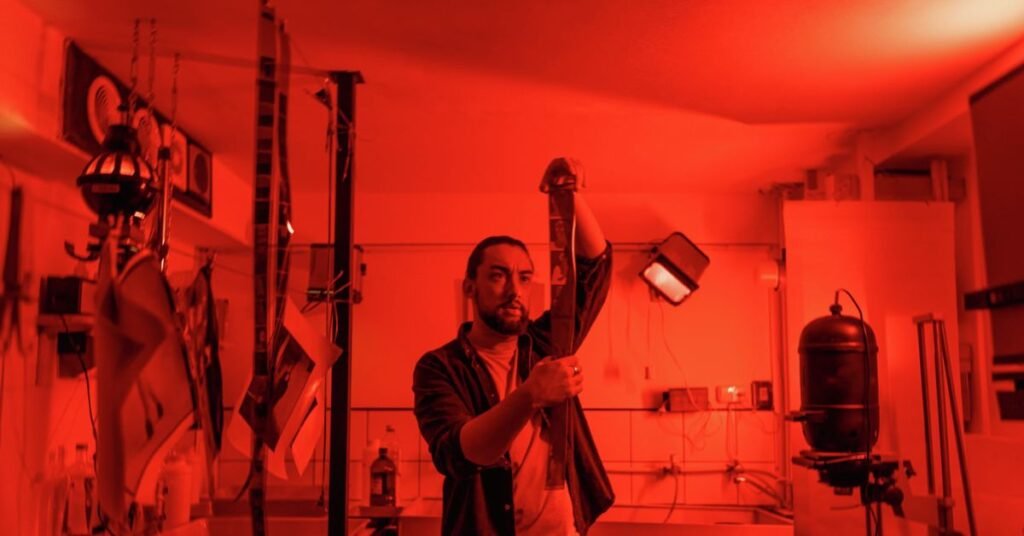
Black and white printing has a unique ability to strip away distraction and place the viewer directly in the moment. In a world saturated with high-resolution colour, the monochrome image continues to hold its own, prized for its honesty, texture, and tonal precision. Whether used in fine art, documentary photography, or design, black and white prints tell stories in a way colour often cannot; through contrast, composition, and quiet emotion.
A Brief History of Monochrome Mastery
Long before colour became the standard, black and white dominated the visual arts. The earliest photographs, developed using silver salts on glass plates or paper, captured the world in grayscale. What began as a technical limitation soon became an aesthetic choice.
Artists and photographers embraced the medium’s dramatic shadows and depth, honing the craft into a distinct language of light.
The Emotional Resonance of Black and White
What makes black and white imagery compelling is its ability to evoke mood with stark simplicity. Without colour to lead the eye, viewers engage with texture, structure, and contrast. A weathered face becomes more expressive. A desolate landscape, more profound. This storytelling approach often feels more timeless, connecting audiences to a photograph’s message without the distraction of hues.
In editorial and documentary work, monochrome photography can also create a sense of universality. By removing visual context, images gain an abstract quality, encouraging deeper reflection. This emotional potency is why black and white remains a favourite among artists, curators, and collectors.
Techniques and Best Practices for Outstanding Results
Achieving a museum-grade black and white print quality involves more than removing colour. It requires a considered workflow from capture to output. For those working digitally, capturing in RAW format allows flexibility in post-processing, particularly in adjusting midtones and preserving detail in highlights and shadows.
Calibration is essential. A calibrated monitor ensures tonal consistency, especially when preparing prints for gallery display. Techniques like dodging and burning, once done manually under enlargers, are now mimicked digitally to refine contrast and draw focus. The essence remains the same, control over light and tone is paramount.
For photographers using analogue film, mastering exposure and development times is crucial. Traditional fibre-based papers offer deep blacks and delicate tonal gradation when processed correctly. These materials are favoured for archival fine art printing and can retain their richness for generations.
Traditional Versus Digital: Two Paths to Excellence
Today’s artists have access to both traditional darkroom and digital techniques. Each has its strengths. Printing from negatives offers a distinct quality. Hand-developed prints display unique nuances, with silver halide grains lending a softness digital output can struggle to replicate.
Digital black and white printing allows for extraordinary precision. With high-bit depth scanning and pigment-based inks, modern printers achieve subtle tonal shifts and sharp details across various papers. This is especially useful for large-scale prints or reproductions where consistency is key.
While the debate continues among purists, many photographers embrace a hybrid approach, digitising negatives for editing while retaining the integrity of their analogue roots.
Choosing the Right Materials
The choice of paper and ink can significantly influence the final outcome. Fibre-based papers are typically preferred for their rich tonal range and texture. Baryta-coated options replicate the look of traditional darkroom prints, offering a pleasing depth and subtle gloss.
For a matte finish, cotton rag papers provide a soft, velvety surface that enhances shadow detail.
Archival-quality inks are equally important. Pigment-based inks tend to offer greater longevity, particularly when combined with acid-free materials and UV-protective glazing. These combinations not only preserve the aesthetic of the print but also ensure its survival over decades, making them a favourite in both museum and interior design settings.
Bringing Your Vision to Life
Whether you are working on a personal project or preparing for an exhibition, black and white printing remains a powerful medium for creative expression. Its emotional weight, and technical depth continue to attract photographers, artists, and designers across disciplines.
For those seeking professional results, collaborating with a specialist studio that understands the intricacies of monochrome photography can make all the difference. From negative scanning to final mounting, expert support ensures that every tonal range, paper texture, and printing choice contributes to your artistic vision.

